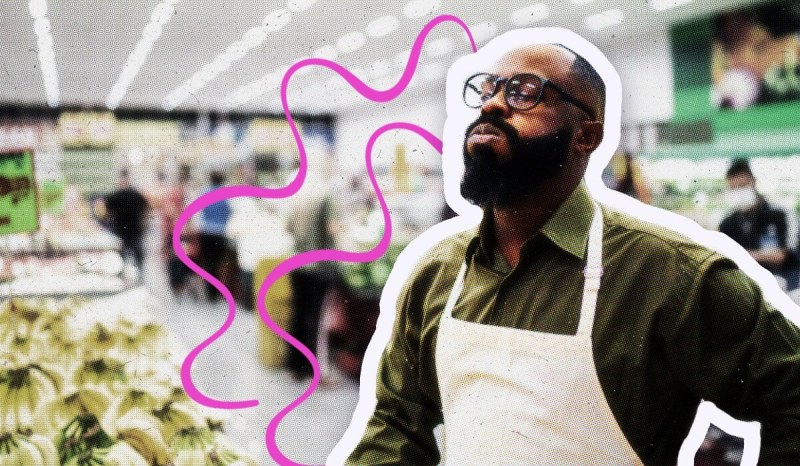
7-minute read
6 Best Practices for Small Businesses: How to Be Proactive about Saving Money
If you’re a small business owner, you can’t afford to not save money. We share 6 money saving…
- Business Insurance 101
- General Business
- Get Customers
- Grow Your Business
- Humor
- Marketing
- News
- Protect Your Business
- Start Your Business
- Tools & Apps
- Uncategorized
- Workers' Comp
-

8-minute read
4 Reasons Small Business Owners Should Consider an All-in-One Business Bank Account
Freelancing carries a lot of responsibility. You’re in charge of every aspect of your business, from what work…
-

9-minute read
How to Inform Your Customers of a Price Increase without Losing Them
Announcing a price increase might seem like tricky waters, but it doesn’t have to mean a dip in…
-

5-minute read
Stress Management for Business Owners: Key Reasons and How to Cope
If you’re a small business owner dealing with new levels of stress click here to read our reasons…
-

4-minute read
How to Use Digital Marketing to Grow Your Business’s Digital Footprint
In today’s dynamic business environment, having a robust digital footprint is not just beneficial — it’s essential. To…
-

8-minute read
Busy Wedding Season: Readiness Checklist
Here come the brides (and grooms), wedding season is here. If your business is gearing up for peak…
-

8-minute read
What is the Best Small Business Insurance?
Accidents happen, even to the best of us. No matter how careful we are, we can’t plan for…
-

9-minute read
Business Advice for New Graduates: Should You Start a Business?
Many new grads who realize they are independently minded might want to start a business after college, click…
-

8-minute read
How to Hire Seasonal Employees
Finding seasonal employees can be tough; finding the right seasonal employees is even tougher. Click here for our…
-

6-minute read
Accounting for Small Business: 5 Tips for Creating a Business Budget (+ FREE Budget Template Download)
Click here to read our tips on basic budgeting for small business owners and to download our 2024…
-

10-minute read
Why Insurance Policy Review is Important and How You Can Do It (With Steps)
Has your business grown or changed? There’s a chance your insurance coverage needs a second look because you…
This content is for general, informational purposes only and is not intended to provide legal, tax, accounting, or financial advice. Please obtain expert advice from industry-specific professionals who may better understand your business’s needs. Read our full disclaimer
The best of Simply Business, straight to your inbox
Join 200,000+ small business owners getting helpful articles, tips, and tools — delivered direct to you.